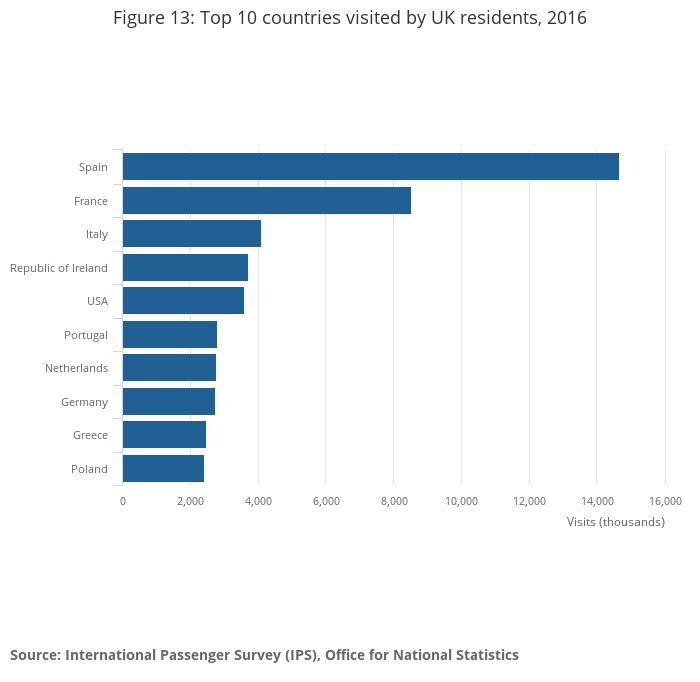The modern languages pupils in England choose to enter at GCSE has undergone a significant change over the last fifteen years, a study shows.
The British Council, who specialise in international cultural and educational opportunities, conducted a study of GCSE Entries in French, German, Spanish and Other Modern Languages from 2015-2019 (with baseline data from 2005), using data gathered by the Joint Council for Qualifications.
The data gathered by the JCQ found that since 2005 the only modern language to have increased entries among GCSE pupils was Spanish, while most other modern languages have faltered or, in some cases, plummeted in popularity.
GCSE entries in Spanish have risen from around 57,000 in 2005 to over 85,000 in 2015, increasing further to nearly 97,000 in 2019.
Meanwhile, entries for GCSE French have seen a near-consistent drop, from over 250,000 in 2005 to 147,000 in 2015, with the 2019 figure showing only 122,000 – over half that of the entries fifteen years previously.
The same can be said for German, whose entries halved in the years 2005-2015, falling from 101,000 to 51,000, before seeming to plateau at around 41,000 in the final three years of the data.
Some of those found under ‘Other Modern Languages’ – Polish, Italian, Portuguese, Russian, Turkish and Urdu – have seen an increase in entries, meanwhile others – such as Arabic, Bengali, Chinese, Modern Hebrew and Punjabi – have seen a decrease in entries.
Not only has Spanish seen an enormous increase in its popularity as a subject at GCSE, the study also states that the conversion rate to A-level – pupils choosing to continue the subject through Key stage 5 – was 9.3%, meaning nearly one in ten Spanish GCSE students continue with the language to A level.
Mary Sansom, a Modern Languages teacher, said of the findings: “Firstly, Spanish is a phonetic language, and the letters are pronounced consistently, so is therefore very accessible in that way compared to French, or even English.
“Spanish does seem to have a greater appeal among young people. There’s more and more internationality in popular culture now, and Spanish is not just limited to Spain of course.”
Ms Sansom also explained the change in young peoples’ preferences for where they travel abroad, the sunny balearic islands and culturally-rich cities of Spain having a greater allure than France’s association with caravan holidays and temperamental weather.
This is reflected in an International Passenger Survey conducted in 2016 by the Office for National Statistics, which found that of the top ten countries visited by UK residents, Spain was comfortably the preferred destination – with 14,767 visitors that year – compared to the 8,542 that visited France.




